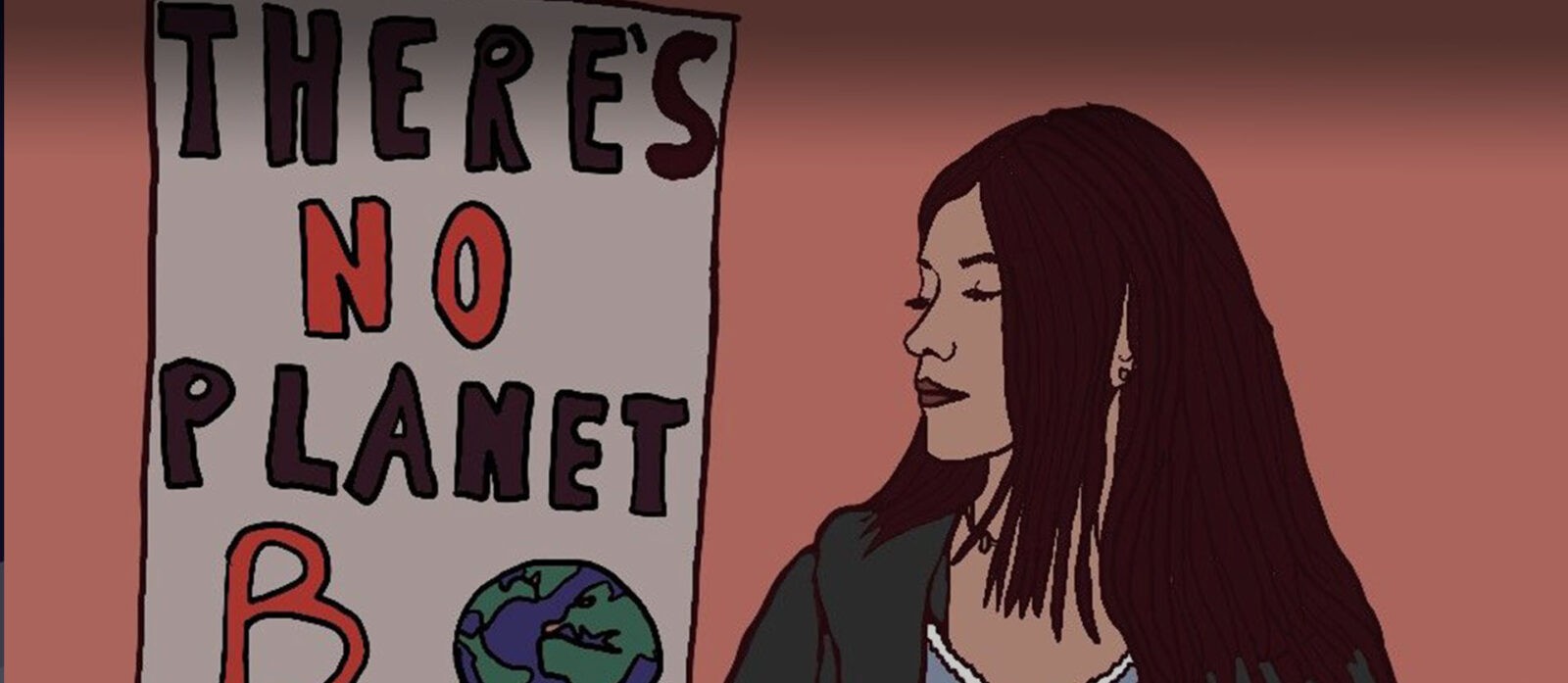The climate crisis is real, but the reality is that it won’t affect everyone equally. Those at the receiving end of the catastrophic climate crisis are today’s children, adolescents and youth. Environmental disasters such as flash floods, extreme temperatures and forest fires are harbingers of desperate requirement of action. Moreover, they serve as a pressing urge for the youth to collaborate and communicate the need for prompt action to those in power.
In a world that inches closer to doom every day with the melting snowcaps, raging fires and fatal floods, youth have decided to fight back, one-step at a time.
1. Habitat Saviours
The maddening rush to development has led to unprecedented deforestation across the globe. This unchecked cutting of forests and green spaces has led to habitat loss. Grasslands, underwater habitats, and wetlands are also at risk – and so are the animals and plants that live there.
This group of children from Mumbai are only a few among scores of children who leave the comforts of their home and invest their free time in returning the gifts they now enjoy back to nature. They head barren parks and open spaces, finding ideal spots with ample of sunlight to plant saplings and contribute to the green cover of the megacity.
2. Reduce, Reuse, Recycle!
India’s plastic consumption has seen an exponential growth in the past years. The consumption is synchronized with the waste produced as well. The generated plastic waste is then sent to landfills or aquatic dumps, where it disturbs the surrounding ecologies. Furthermore, these waste dumps serve as hazardous places, where underprivileged children are segregate potential recyclables from waste—a toxic life submitted to waste.
Amidst these stirring statistics come minor reliefs and big motivators in the form of 10-year-old Jannat. For over 2 years, with her father for company, Jannat has been setting out to clean the pristine Dal Lake, which is reduced to a river of waste after tourism season. Her inspiring story is a part of curriculums in Hyderabad’s schools.
3. Champions of Sustainable Practices
While major efforts such as changing policies and global discourse on climate are important in the long run, everyday sustainable practices are the need of the hour. In tune with this need, we see the rise of sustainable brands that keep a track of their carbon footprint and make sustainable products available to the masses.
On a personal front, though, we see teenagers like Aditya Mukarji lead the way. Embracing the larger cause of adopting sustainable practices, Aditya was all of 13 when he took up the challenge of replacing 50,000 plastic straws with eco-friendly straws by World Environment Day 2018. Today, half a decade later, he has continued the efforts to tackle the issue of plastic pollution and waste management, undeterred. With meticulous research, he convinced major F&B brands of India to go plastic-free.
4. Preserving Resources
Water is a basic necessity for every individual on this planet, yet it remains the most abused natural resource. While developed nations, this life-saving resource is available at the push of a button, developing and underdeveloped nations see wars unfold for access to this resource. Even in this day and age when science allows humans to reach for the moon, water disparity remains a veritable truth-robbing individuals of their basic right.
Amidst this crisis, voices of youth like Priyanka Shendage championing the cause of water conservation from drought-prone states like Maharashtra make for a promising feat.
5. Planet Advocates
Children are to face the worst impact of climate change in the coming years. Well aware of the consequences that like before them, they are not choosing to be mute spectators to the events unfolding before them. Children from across the globe are grabbing mics, podiums and platforms to voice their opinions and concerns.
From holding protests to taking to social media platforms to question authorities, children are taking the mantle to solve the climate crisis.





